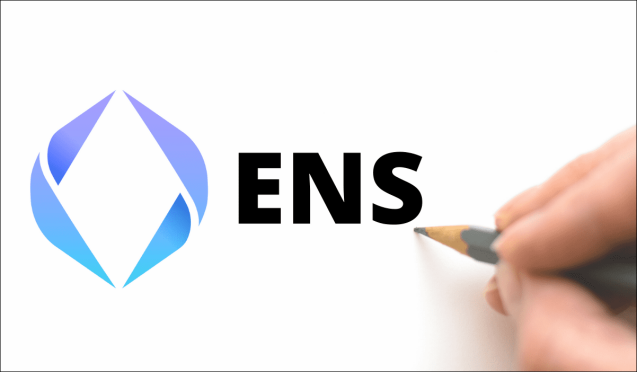
In the world of cryptocurrency, the Ethereum Name Service (ENS) has become a critical piece of infrastructure, attracting not only millions of .eth domain names but also facilitating thousands of ecosystem integrations since 2017. As Product Lead at ENS Labs, Esk3nder.eth announced Project ENSv2 in May 2024, an ambitious project to extend ENS to Layer 2 (L2) and fundamentally reimagine the protocol . This article will take an in-depth look at the ENSv2 research process, current progress, and potential future paths.
The beginning of a research journey
The plan for ENSv2 started with a fundamental question: "If we reimagined ENS from scratch today, what would it look like?" With dissatisfaction with the mainnet's limiting user experience, we began to investigate the ecosystem. and communicate with builders from all parties. After a productive team meeting, we unanimously decided to expand ENS to Layer 2.
Over the past few months, we’ve taken a deep dive into the L2 ecosystem, consulting with a variety of stakeholders, from L2 teams to infrastructure companies and even early-stage startups. We held an "ENS Unconference" during EthCC, inviting multiple participants to discuss the technical challenges and opportunities of ENSv2. All speeches have also been uploaded to YouTube for everyone to watch at any time. Throughout this process, we have focused on six key criteria that guide our journey into Layer 2:
EVM compatibility
CCIP-read support
Open source
Can exit to L1
Sorter Decentralization
finality
Where we are: Three promising paths
After thorough research and discussion, we narrowed our focus to three main options, which are in no particular order:
Public ZK chains: This option involves extending ENS directly to existing public ZK chains such as Scroll and Taiko. Another possibility is to utilize Optimistic L2 with ZK proof capabilities, similar to what Succinct recently demonstrated at Frontiers (OP+SP1). This approach requires minimal chain development and long-term maintenance costs, but will also sacrifice the independence of ENS governance to some extent.
Our own ZK chain instance
This approach involves deploying our own existing ZK chain stack instance. Recently, Status announced a partnership with Linea to launch its own instance of the Linea stack, which is a great example of this. This option provides teams with greater flexibility while still benefiting from proven technology. However, this approach requires significant effort to develop, launch, and maintain.
Hybrid solution: We are also considering a hybrid solution, which may combine the public ZK chain and our own instances. Such a strategy can maintain a certain degree of independence while also taking advantage of existing technologies to lay a solid foundation for the future development of ENS.
ENSv2 vision
ENSv2 is not just a technology upgrade, it also represents a rethinking of the future of decentralized networks. We want ENS to become a more accessible tool so that everyone can easily use and manage their digital identity. During this process, we will continue to listen to feedback from the community and adjust our plans based on needs.
Conclusion
The development journey of ENSv2 is full of challenges and opportunities, and we look forward to exploring this exciting future with the community. Whether through a public ZK chain, our own instance, or a hybrid solution, we believe ENS will play an increasingly important role in the decentralized web. Thank you all for your patience and support, and we look forward to every step of the way.